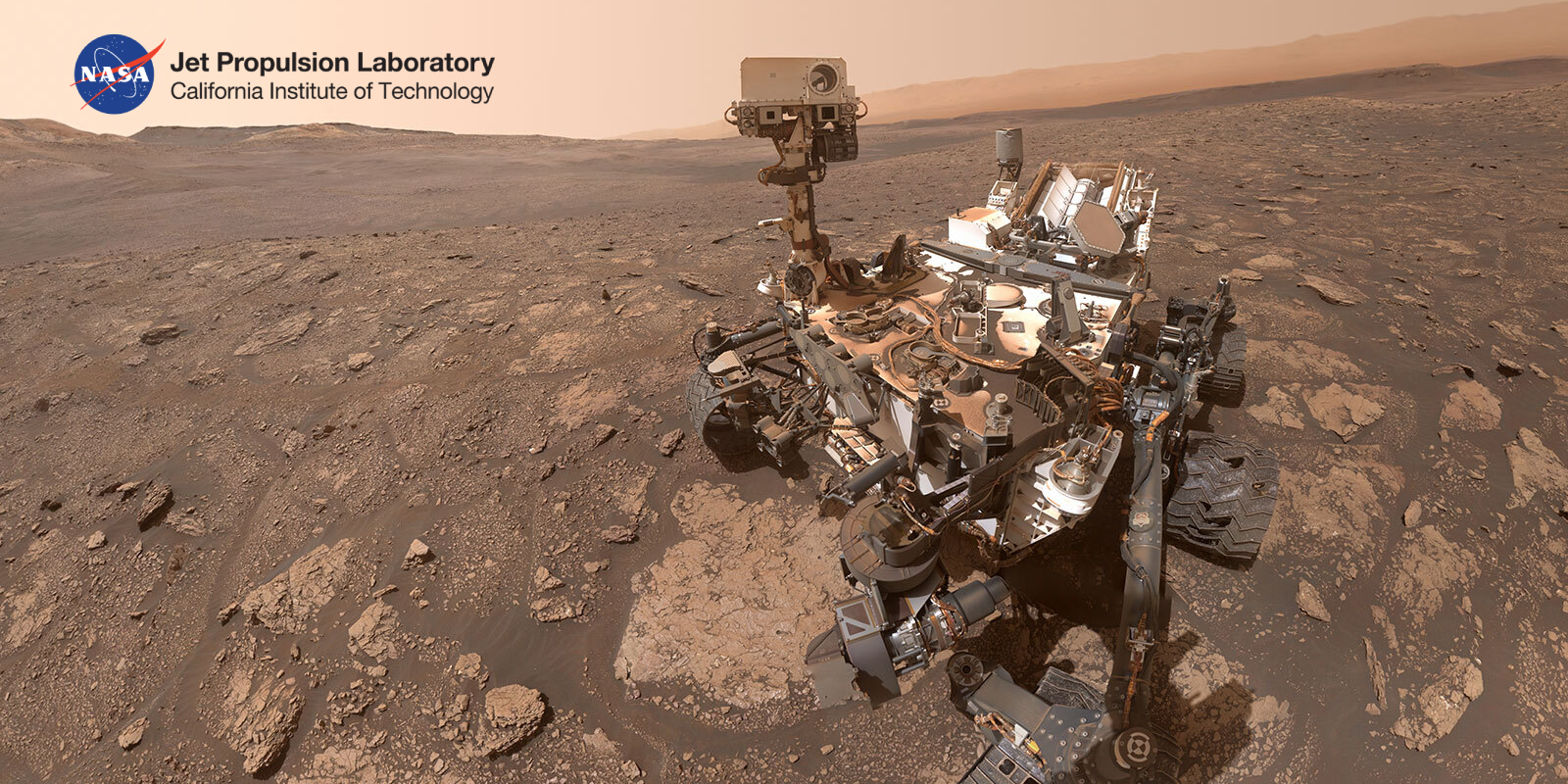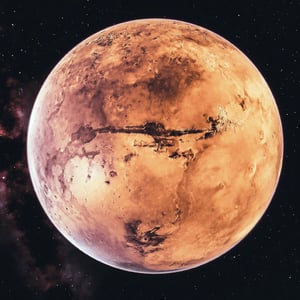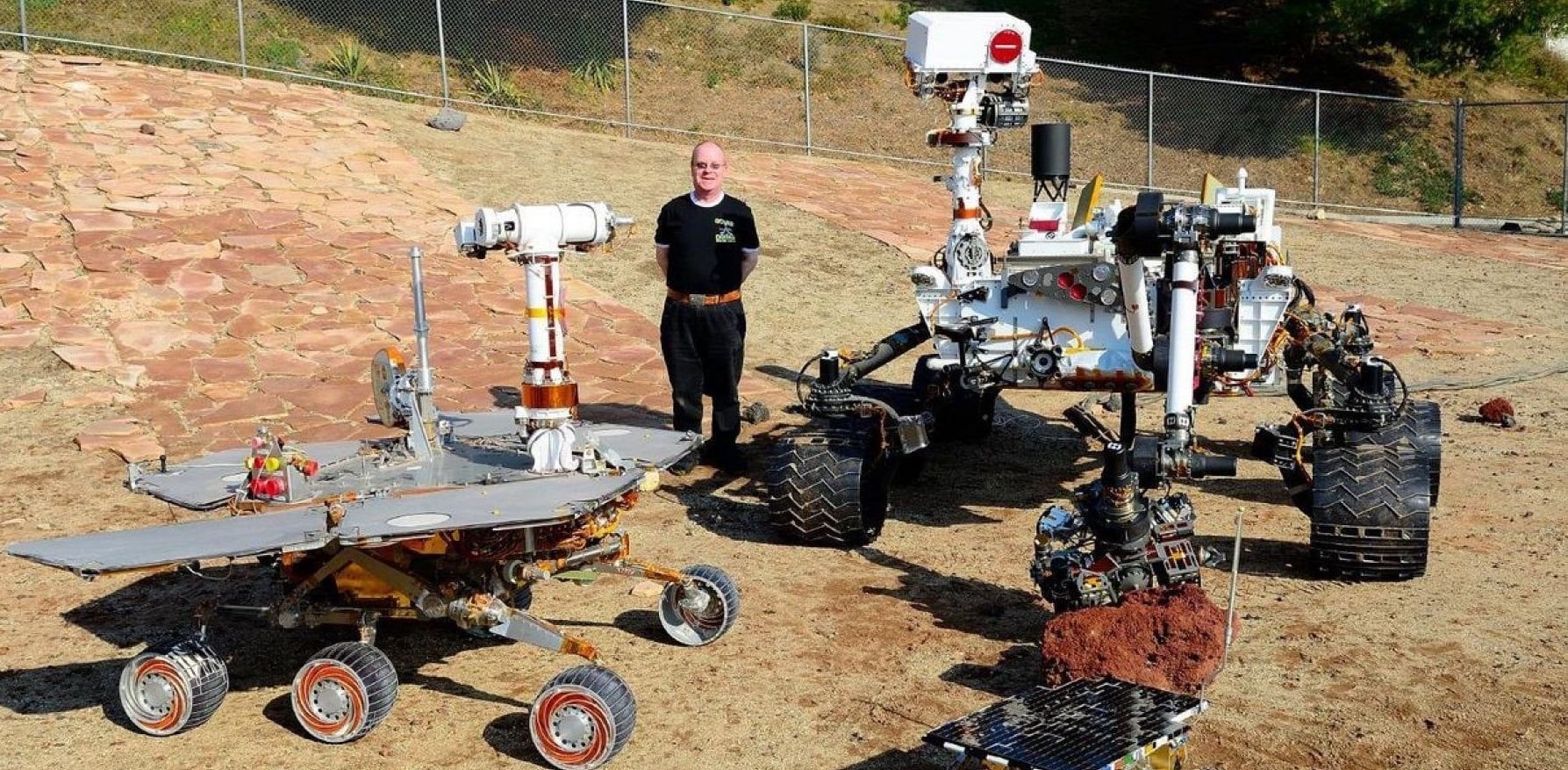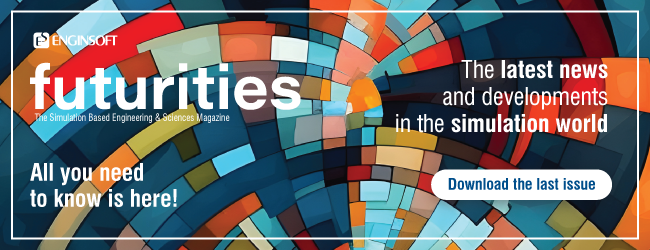
Paolo Bellutta is a Mars Exploration Rover Driver, officially a “Rover Planner”, at the Jet Propulsion Laboratory of NASA’s Mars Science Laboratory, in Pasadena, California, which is one of NASA’s R&D laboratories in the USA. Bellutta is responsible for moving the Mars rover around the Red Planet, picking the images that the vehicle captures at the end of the day, deciding where it is safe to move the vehicle to approach the various science goals that the geologists and other scientists communicate to him, and so on.
Simulation for innovation and project development
For those of us that work in an environment that is very difficult to replicate on Earth, simulation is clearly the groundwork for every project that we develop. Obviously, we cannot replicate the conditions that we have on other planets – firstly, it would be too expensive and secondly, it would be too difficult, if not impossible. Just think, for example, of how one would replicate a different gravity field on Earth; it would be practically impossible. The way that the vehicle interacts with the soil on Mars is different from the way that the vehicle interacts with soil on Earth.
 Simulation also plays a very important role in the phase of interacting with the atmosphere of the planet. More specifically, since I work on Mars, it is important for us to be able to control the entry, descent, and landing portions of the mission. Being able to simulate the behavior of the atmosphere, depending on the temperature, and the density of the atmosphere is really important.
Simulation also plays a very important role in the phase of interacting with the atmosphere of the planet. More specifically, since I work on Mars, it is important for us to be able to control the entry, descent, and landing portions of the mission. Being able to simulate the behavior of the atmosphere, depending on the temperature, and the density of the atmosphere is really important.
So, innovation to us means being able to have higher and higher fidelity simulations under these conditions. While we have learnt a little bit of how Mars works, we still need to be able to simulate the entire system before we land. We cannot do real live testing before sending the vehicle to Mars; we can do some testing in real life, but not of the entire system. So for us, the only way of being able to complete our testing is to actually do it through simulation.
Benefits of simulation tools application
I don't think there is enough communication today about the possibilities of the applications for simulation. So on the one hand, we should have more widespread use of simulation, but on the other side, we sometimes trust simulation too much. By this I mean that the results of a simulation are only as good as the model; so if your model is imperfect, or if your knowledge of the problem is incomplete, your simulation is not perfect – it doesn’t provide all the details that you need to have.
So in this sense we sometimes trust simulation too much. But, there are many, many fields where simulation could be very important. One example is politics where one could try to simulate what would happen when you make a certain decision for your population and try to figure out what the consequences of your decision would be.
Expectations and new challenges for the near future
The next level of simulation that we would like to have would be the ability to better model how the terrain interacts with the wheels of our vehicle. At the moment we can simulate the interaction of the soil with the vehicle with terramechanics, but these are pretty crude, and they can only simulate the behavior of the vehicle for a few seconds. And the simulation requires hours of computing time.

Being able to simulate what Mars is going to throw at us when we’re moving the vehicle, on one hand would enable us to operate our vehicle more safely. On the other hand, when we can compare the expected results from our simulation with what we actually encounter on Mars, it would help us to determine where there are unexpected changes in the terrain.
Therefore, from a scientific perspective, it is very important. Whenever there is a different type of terrain that we travel through, it would be interesting to see why there is that change and be able to analyze the terrain immediately. For example, when you’re walking on the beach, you can immediately feel with your feet when you are on dry sand versus wet sand. It is the same for the vehicle: it can detect when the terrain changes, but what are the changes relevant to? We need to be able to simulate the behavior of the terrain before we give the commands to the vehicle, and consequently the vehicle itself would then be able to collect scientific samples while driving simply by comparing the data from the simulation to what actually happens.


